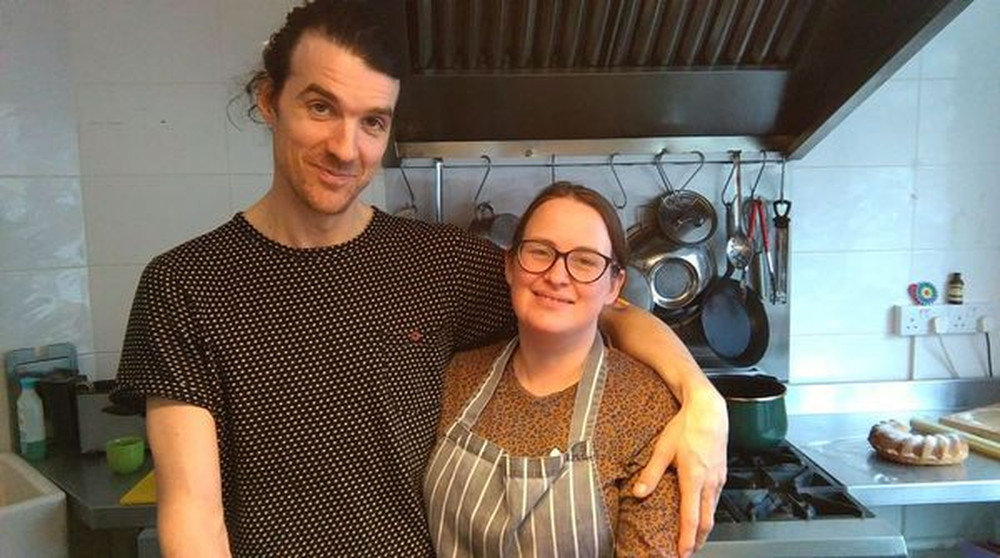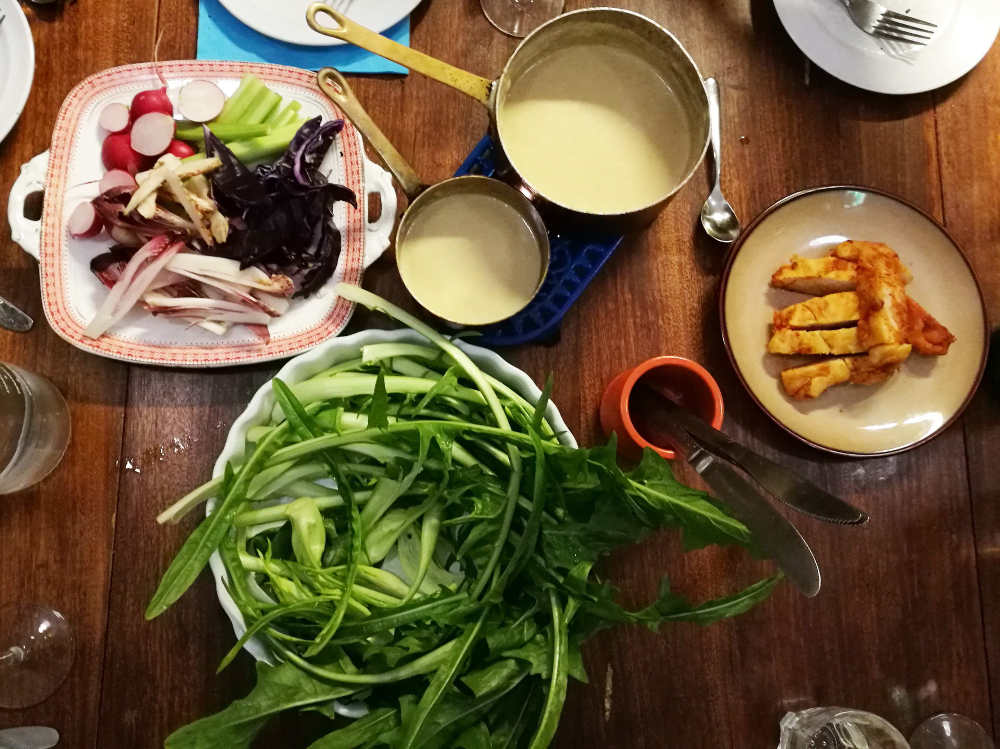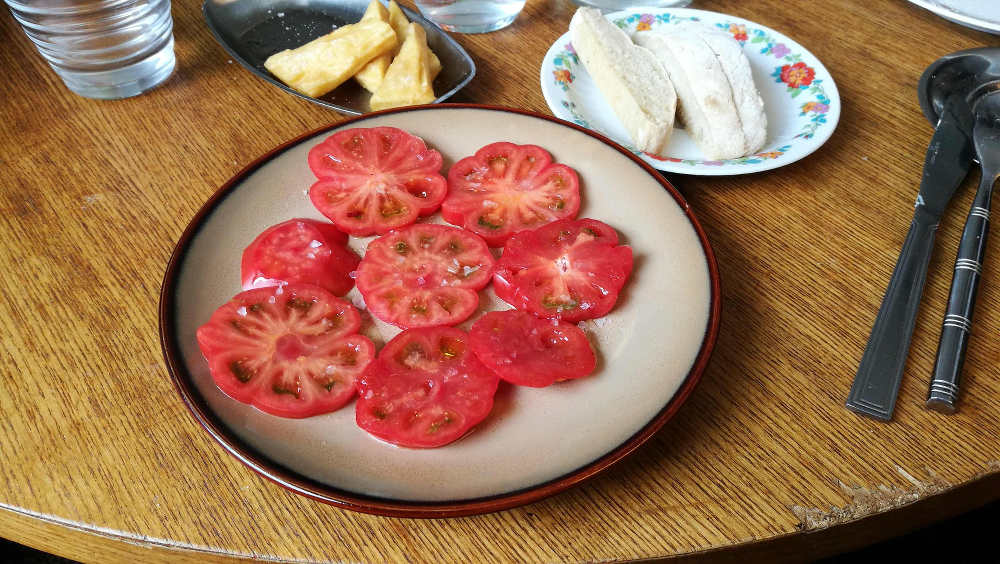Root to Tip Sustainability

Dee Laffan talks ‘Root to Tip’ sustainability
Love them or loathe them we are all influenced by trends, whether it’s fashion or food. They trickle down until they find their way into our wardrobes or onto our plates; the popularity of avocados being one notable global food trend recently – you know it has spiked when someone tries to serve coffee in it – which unfortunately has had detrimental effects for the growers in Peru, Chile, Mexico, New Zealand and California.
Proof that a trend can cause havoc to communities, economies and even ecosystems, due to mass demand. Sustainability has to be at the forefront of our food ethos globally, otherwise more incidents of this nature will occur.
Thankfully, sustainability is rising in popularity globally. Not that ‘sustainability’ and ‘popularity’ are two words that should really ever be used in tandem, but nonetheless the drive against food waste is making people more food aware - and this has caused another food trend, root-to-tip eating, one that will hopefully not be short-lived and can be adopted to become the norm.
In fact, like nose-to-tail butchery, root-to-tip eating is not a new concept; historically, using every part of vegetables - using vegetable off-cuts to make stock and eating root greens as part of a meal - was the norm, but in a time of over consumption and when food production is at an all-time high, these older methods have been by-passed, like so many others.

When tasting the lesser-used vegetables and lesser-used parts of them, the flavours are undeniable and also create wonderful texture in a dish. Vegetable tops, such as carrot and radish tops and turnip and beetroot greens, are old favourites that are now finding their way into modern menus.
“Food is such a big thing now, everyone is conscious of what they are eating,” said Ken Doherty of Assassination Custard, on Kevin Street Lower in Dublin 8. With his partner Gwen McGrath (pictured above right), Ken owns and runs this restaurant which has earned critical acclaim for its food and their use of vegetables on the menu.
“Maybe it’s because we’ve gone as far as we can go with other foods, so you go back to the simple things that people want. You come back to what is easy and what was here before. When you buy vegetables now, you’ll see veg that you wouldn’t have seen 10 years ago, but would have seen maybe 50 years ago,” Ken explained.
“For example, we always have dandelion leaves on the menu and people ask us all the time ‘did you pick those out of your garden?’ Of course there’s a difference between the cultivated ones we use in the restaurant and the ones that grow in grass in gardens, but they are much the same. People are even still amazed by wild garlic and when they get it in our restaurant, they ask why we’re not eating it all the time [when it’s in season].”
“We are very aware of waste in Assassination Custard. When Gwen and I travelled, we saw how people in other countries don’t waste vegetables; turnip tops and dandelion leaves are prized ingredients in Turkey and Italy,” Ken commented.
“We try to show off the vegetables as the star on our menu, on which we’d have 7-9 dishes. The first one could be a quick one like pickles, which are preserved and fermented, then the main dishes will be small vegetable dishes such as a salad of sliced Marmande tomatoes, simply served with oil and salt; bitter leaves (radicchio, chicory, red or Belgian endives) cooked in lard and drizzled with walnuts and a dressing made with lard and vinegar; wild garlic and Labneh (strained yoghurt) with Pistachios or anchovies; ragged jack kale blanched with black garlic; and Thoran, a vegan dish from Kerala in southern India, of raw beetroot grated into the pan, with mustard seeds and curry leaves and cooked in coconut oil, topped with coconut yoghurt.”

“We could all be eating root to tip and there are lots of restaurants that do this,” Ken explained. “But also it has to do with control, over the produce you use and your connection to it. Speaking to your veg supplier, for example - I get my veg from McNally’s, Patrick and Jenny - and asking them what’s going to be in and seasonal and buying veg that way so you can use it to its best, highlighting the flavour.”
Purchasing vegetables this way is definitely more sustainable, having the connection from farm to fork is important and makes us more food conscious; where food comes from should be an important decider in purchases, with sourcing and labelling coming into play also.
Assassination Custard, 19A Kevin Street Lower, Wood Quay, Dublin 8.
www.facebook.com/assassinationcustard
---
Dee Laffan is a freelance food writer and editor. Formerly editor of Easy Food magazine, she has written for the Irish Independent and Sunday Independent. She is a proud supporter of Irish producers and their products, and takes part in judging for food competitions including Blas na hÉireann and the Great Taste Awards. She is a member of the Irish Food Writers' Guild and secretary for Slow Food Dublin. Twitter @deelaffan





There are currently no comments
Leave a comment
Not a member? Register for your free membership now!
Or leave a comment by logging in with: